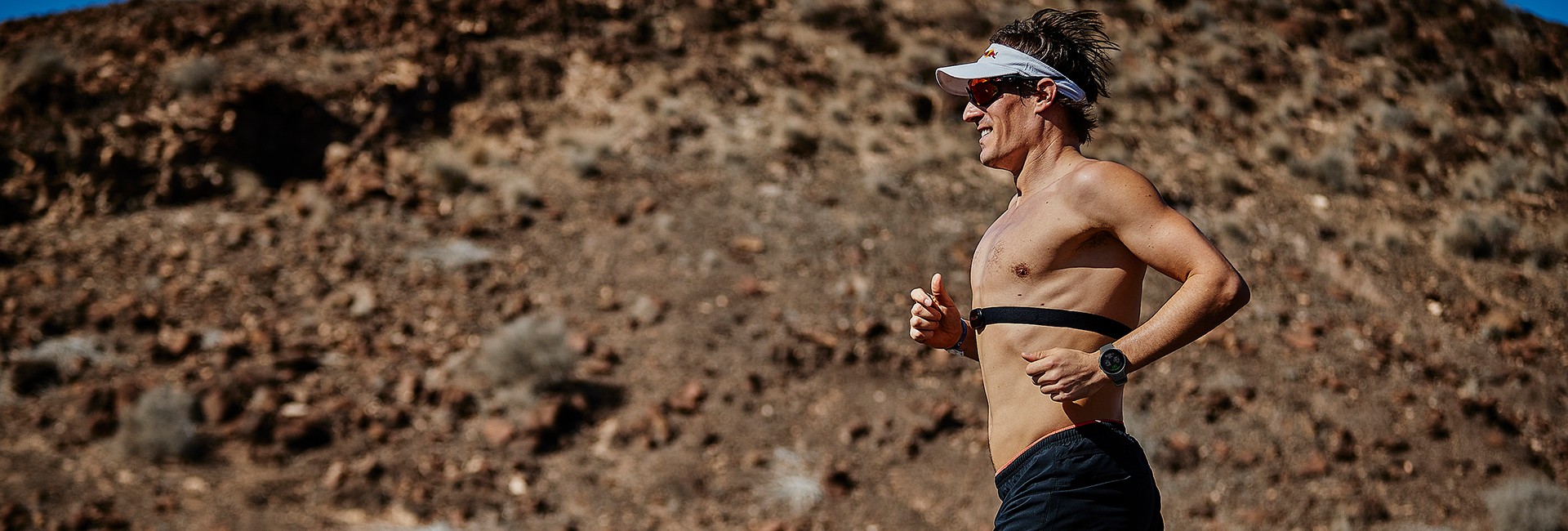Breathing while running is one of the many factors that can derail an otherwise perfect run. While wild weather, shoes too tight, imperfect socks, or a not-quite-suited-to-your-mood playlist can all throw you off your game, breathing “wrong” is one of the biggest run ruiners. It’s something we all do every day all day long, automatically, without putting any thought into it. But while running, we should pay attention to how we breathe.
“The biggest mistake runners make is not being especially mindful of the usefulness and function of the breath, or forgetting to do it all,” says Ryan McCann, run coach at Mile High Run Club in New York City. “Always be breathing!”
Here’s what all runners need to know about breathing while running.
Photo credit: James Mitchell
1. The way you breathe while running can cause sharp, painful, run-ending side stitch cramps
“Side stitches are caused by pressure on the diaphragm,” says McCann. “But beyond making sure you are, in fact, breathing while running, the other way to avoid a side stitch is to make sure your core strength is up to par.”
“Side stitches are also typically the result of strength issues,” McCann explains. “These kinds of functional cramps may be prevented by strengthening your abdominal and other core muscles. Improper form, poor posture, a full stomach, or starting off too quickly can all over-stress the system and lead to cramping.”
2. While running, you should be breathing through your nose and mouth
“Inhaling through your mouth is key because it brings in more oxygen than your nose,” McCann says. “Forcing breath in through your nose can also create tightness in your jaw and facial muscles, and tension is never good for running. Exhaling through your nose is key because the lungs extract oxygen from the air we breathe primarily on the exhale, and that oxygen gives you energy.”
“Because your nostrils are smaller than your mouth, exhaling through the nose slows the air escape so the lungs have more time to extract oxygen and, in doing so, feed the beast,” McCann says.
3. Don’t worry too much about breathing while running
You may have heard of techniques like rhythmic breathing or matching your breath to your running stride, but McCann says not to stress over giving yourself a breathing makeover.
“Breathing while running should always feel natural and rhythmic,” he says. “A steady, continuous rhythm in your breathing matched with a steady, continuous rhythm in your movement is great for your overall running efficiency.”
Forcing your breath can lock tension and stress into the nervous system, so McCann suggests keeping it simple on the run. “Quiet, soft, and deep,” he says. “Find your natural rhythm, but consider developing a formal practice of controlling the breath, like Pranayama, which is a great way to further cultivate your practice when you’re not on the run.”
Want to try a few tweaks? Try this.
McCann practices Qigong breathing every day: “It focuses on creating a circular breath that builds from the belly. This helps center my awareness in my body, rather than in my head, so I feel more physically and energetically grounded.” Namaste.
If you liked this post, don’t forget to share so that others can find it, too.
Or give it a thumbs up!
I like this article
Please note that the information provided in the Polar Blog articles cannot replace individual advice from health professionals. Please consult your physician before starting a new fitness program.






